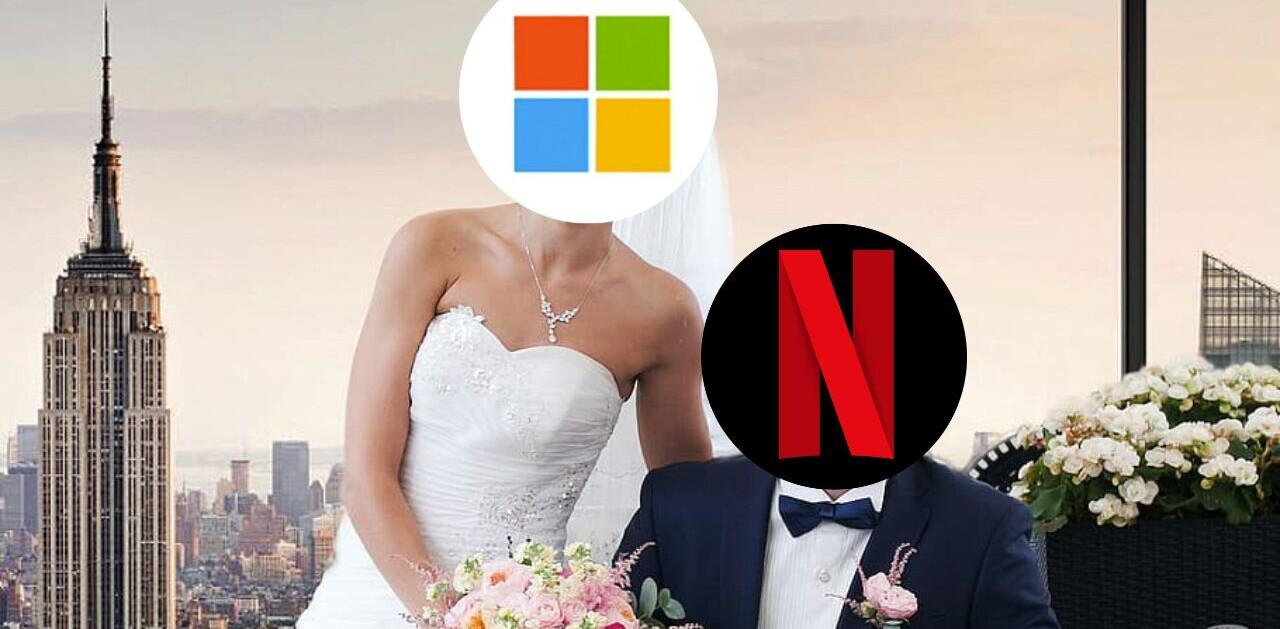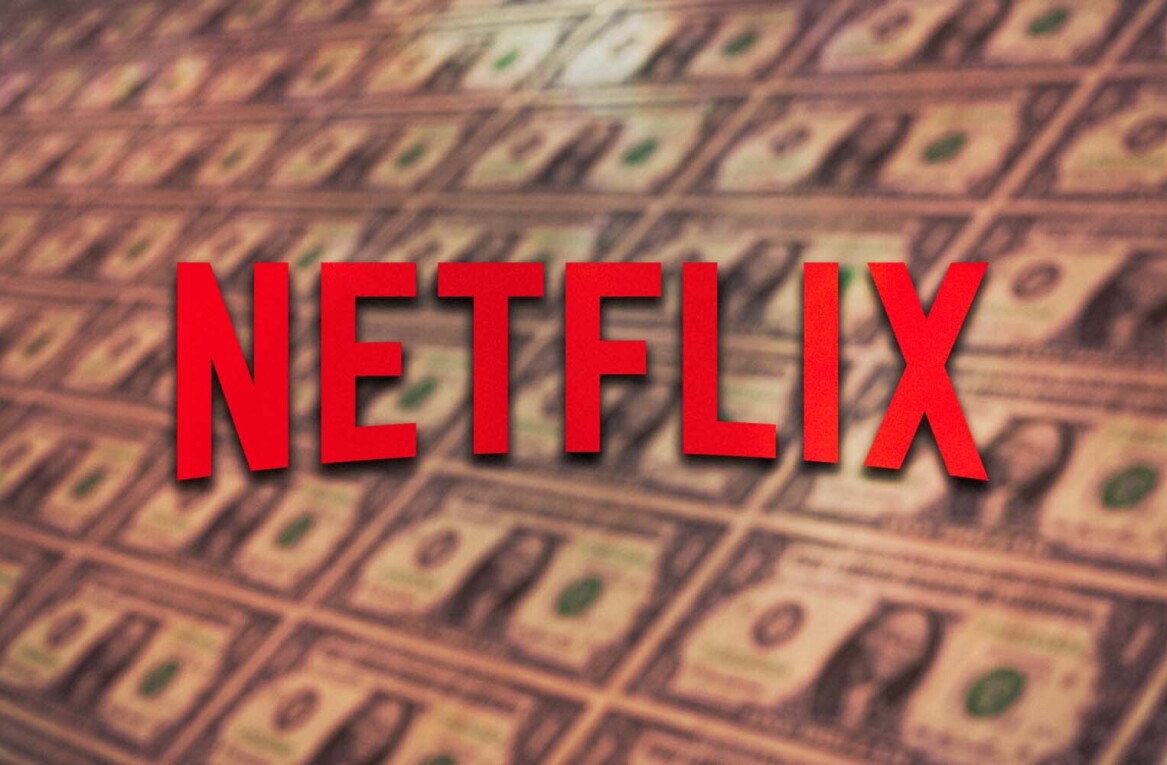
As Kickstarter poster boy OUYA is gearing up to start selling its Android-based video game console in retail stores at the end of next month, backed by a fresh $15 million in VC funding from Kleiner Perkins, NVIDIA and others, BlueStacks is throwing its hat into the ring in a big way.
Itself financially and strategically backed by the likes of Andreessen Horowitz, Qualcomm Ventures, Citrix Systems and Intel Capital, the Silicon Valley company is today unveiling its upcoming gaming console and subscription service combo, dubbed GamePop.
The offering combines a game console and controller, and an all-you-can-eat annual subscription service that costs $83.88 (or $6.99 per month if you will) and essentially allows buyers to play mobile games on their TV.
That is, if the TV is equipped with a HDMI port and plugged in (muha).
For those who pre-order GamePop this month (May 2013), the monthly subscription fee also covers the purchase of the GamePop console and controller, so there’s no extra charge for the hardware. FYI: The OUYA console costs $99, and games need to be bought separately.
After May, the price for the GamePop console and controller combo will be approximately $100 as well, although BlueStacks VP of Marketing John Gargiulo says the final retail price hasn’t been decided on yet.
Also note there’s a $9.95 shipping fee to take into account.
Netflix for games
The combo makes GamePop an interesting offering, which BlueStacks is referring to as a “Netflix for games”. The company has managed to get a number of top mobile game developers on board already, including Glu Mobile, Halfbrick, Intellijoy, Deemedya and Talking Tom creator OutFit7.
These content deals will of course prove crucial for BlueStacks, but Shainiel Deo, CEO of Fruit Ninja creator Halfbrick, seems excited:
“BlueStacks has credibility in the microconsole space that others just don’t have,” he said in a statement.
It marks the first time BlueStacks sets its sights on the living room.
Up until now, the company was best known for its App Player software, which now caters to 10 million users who want to play their favourite mobile games on a Mac or PC desktop computer.
“We’ve been a featured partner in App Player since early on and they’ve delivered on every promise in terms of distribution. GamePop is a great incremental channel for us,” Deo added.
Glu CEO Niccolo de Masi also chimed in with a quote:
“Mobile gamers continue to show higher levels of engagement and longer play sessions on larger form factors. BlueStacks and GamePop offer developers like Glu an opportunity to potentially reach a new audience of gamers with great 3D, high-production value content.
We see significant potential in BlueStacks’ approach to the console gaming market.”
For mobile game developers and publishers, the benefit of GamePop is that it significantly cuts the time it would take for them to bring their apps to the big screen through consoles in any other way.
Notably, game developers get to keep all of the in-app purchases that run through their apps with GamePop, with BlueStacks taking zero commission. In addition, 50 percent of GamePop subscription revenue will be shared back with developers, apportioned by usage, BlueStacks said.
Like OUYA, the GamePop console runs on Android (Jelly Bean 4.2), and the technology that went into the hardware is completely separate from BlueStacks’ aforementioned App Player software.
And as the games are running directly on Android, on an ARM chip, there is no need for binary translation of the mobile apps, Gargiulo points out.
Games are also stored on the console itself, he informs us.
The GamePop console and subscription service can be pre-ordered starting today, at the aforementioned price of $6.99 per month. When the hardware starts shipping to early adopters, there will be more than 500 games available. We can’t wait to get our hands on it.
Aside from OUYA, similar offerings include OnLive, NVIDIA’s Project SHIELD and GameStick. It will be interesting to see how this all plays out, and if there turns out to be a big market for these niche gaming consoles.
Image credit: Thinkstock
Get the TNW newsletter
Get the most important tech news in your inbox each week.





